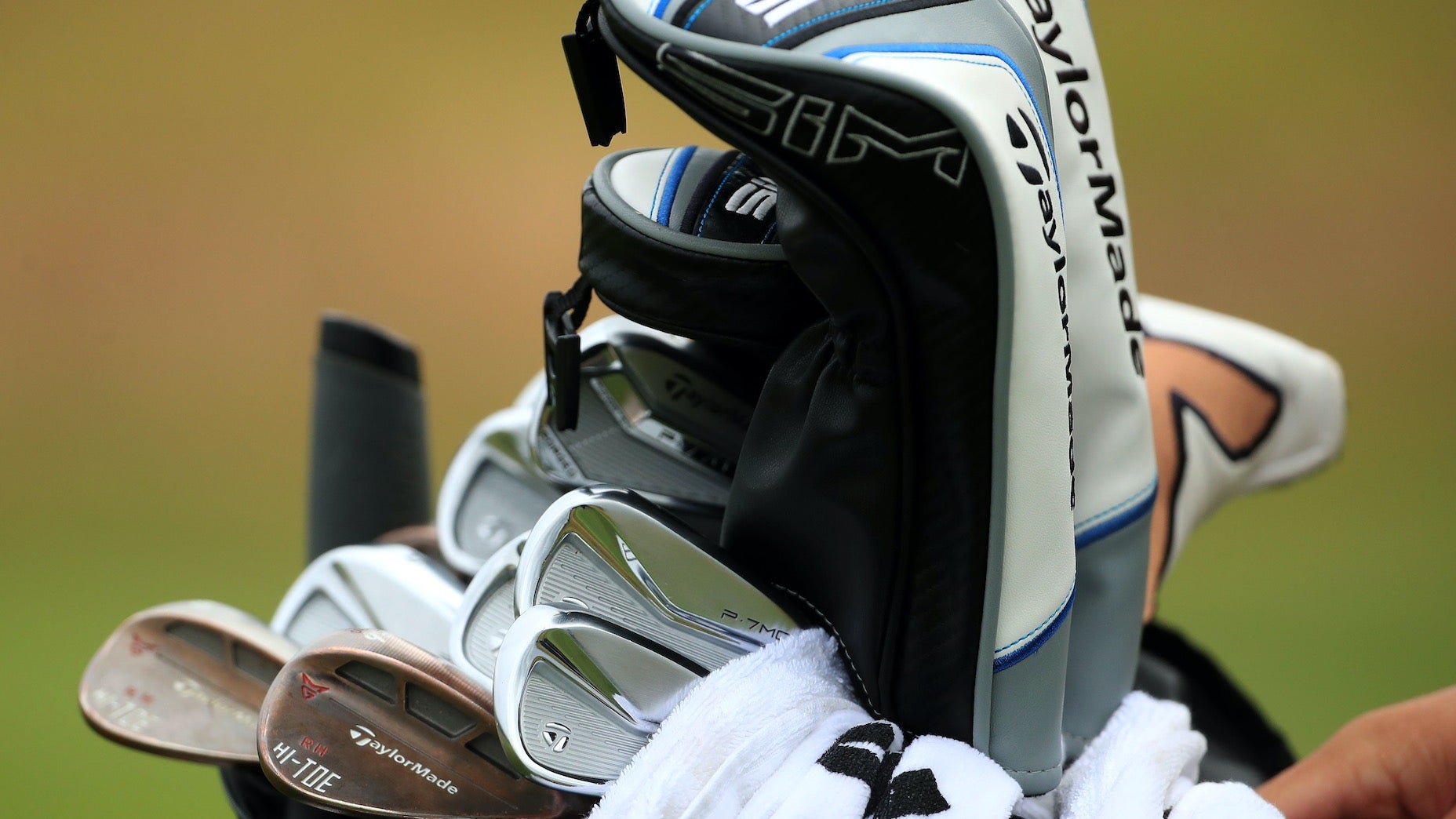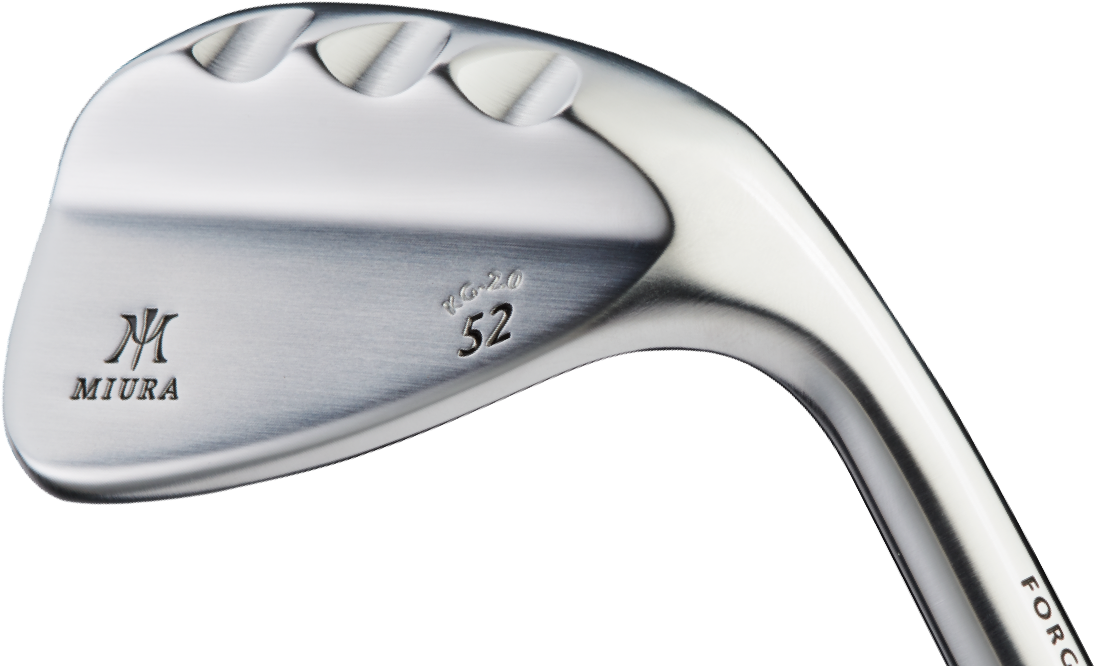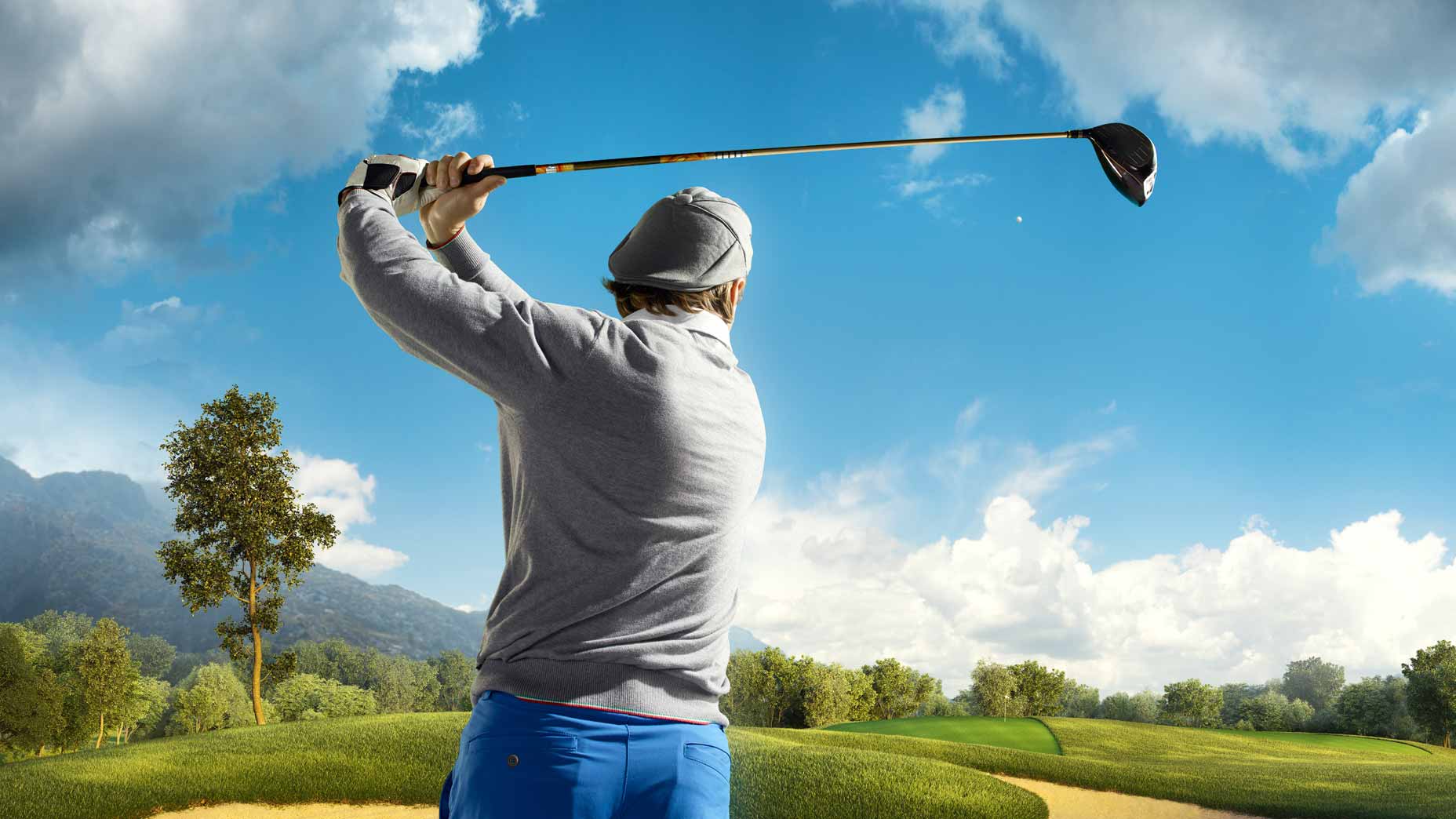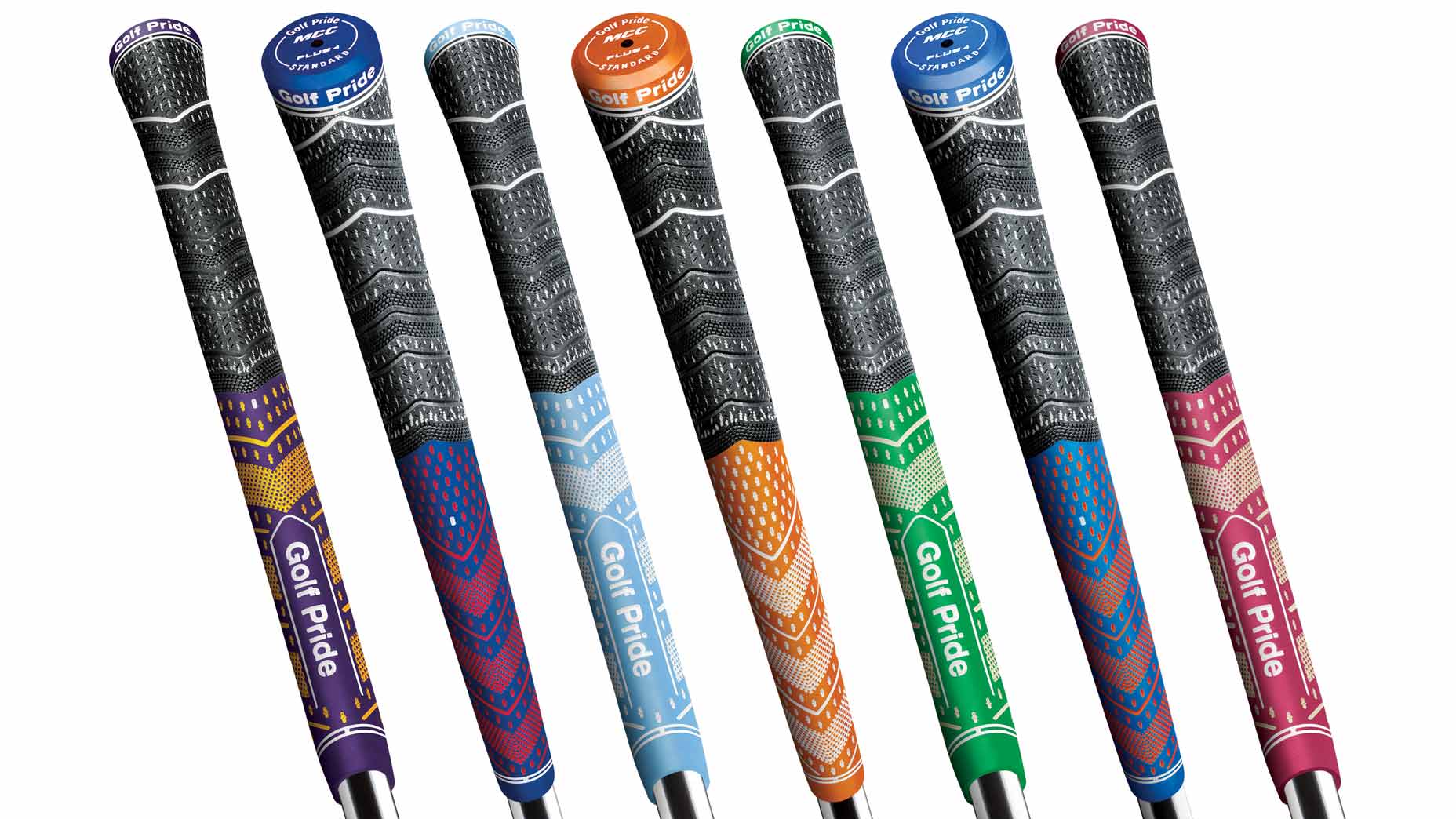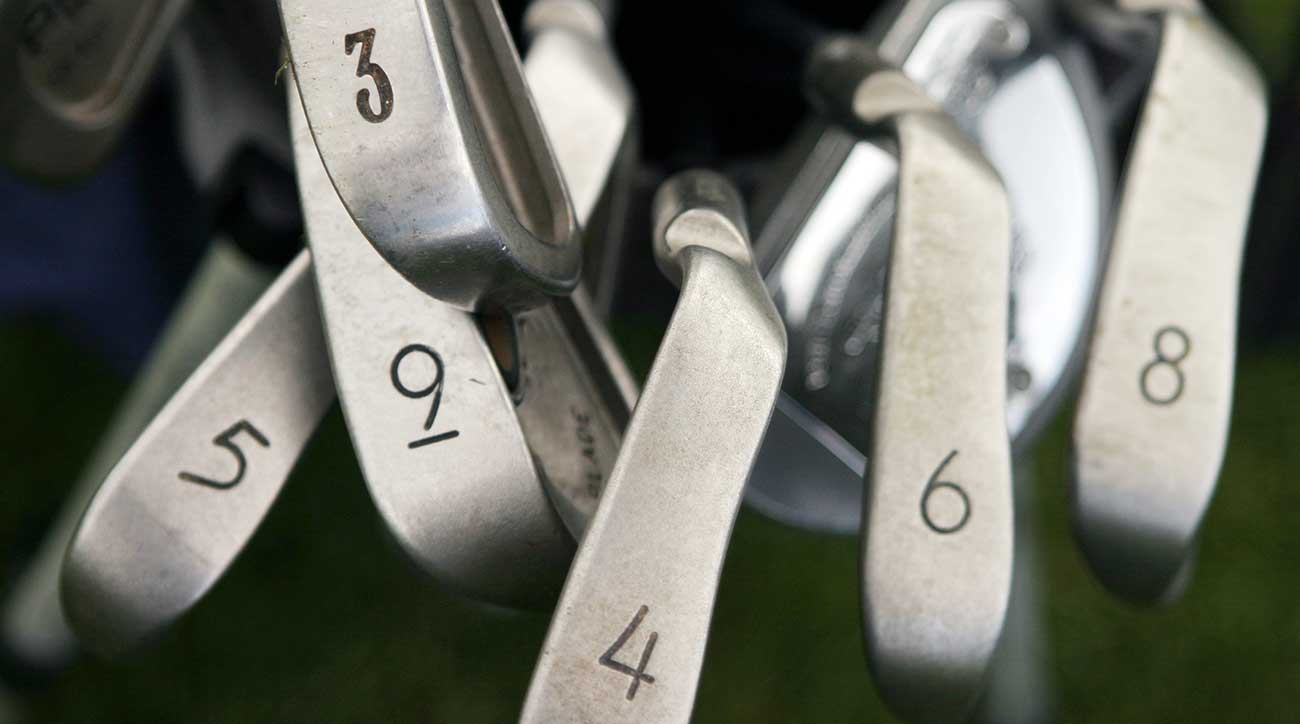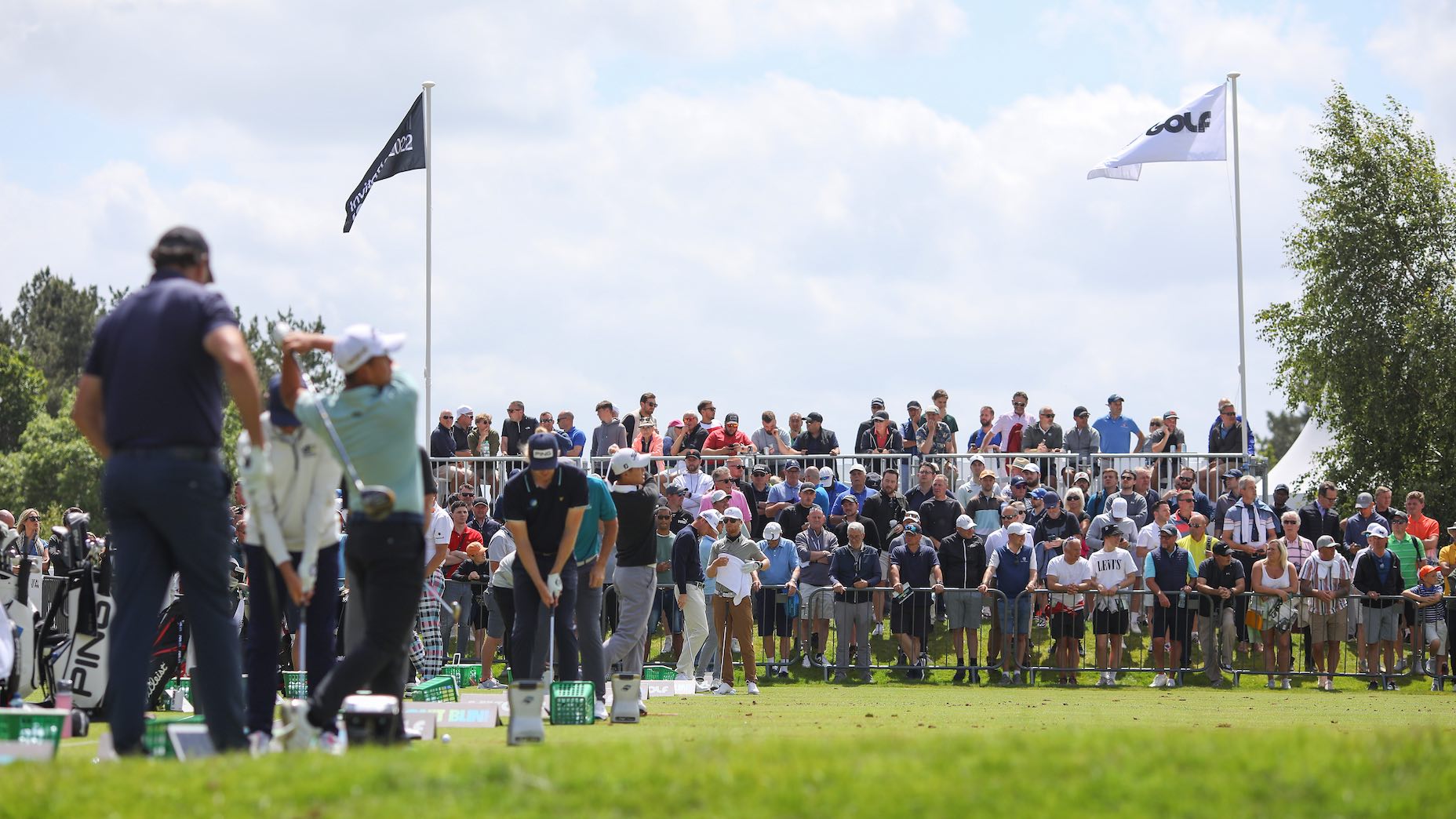Fully Equipped mailbag: How do I select a driver after recovering from an injury?

Tiger Woods found additional speed with a lighter shaft in his TaylorMade woods.
Getty Images
Welcome to another edition of the Fully Equipped mailbag, an interactive GOLF.com series in which our resident dimplehead (a.k.a., GOLF’s managing editor of equipment, Jonathan Wall) fields your hard-hitting gear questions.
I’m coming back to golf after 12 years off. When I quit, I was +3 to +4, and I had the same stuff in the bag for a couple of years before I got hurt. In my time off I had many surgeries all on my left side. So my swing is in flux as I get confidence in my knee and hip. One swing 95 mph, the next swing 108 mph. Do you guys have any suggestions for choosing a driver/shaft combo? — John Brown (@guyute65045)
As someone who shattered their left elbow during high school basketball practice and currently sports a screw, multiple pins and early onset arthritis, this question hits close to home.
Finding your groove after multiple injuries/surgeries isn’t easy, especially when you’ve been away from the game for more than a decade. You should be commended for the work you put in to get to this point.
The left side for a right-handed golfer is critically important for firing through the ball and generating speed, which I’m sure you already know as a former plus-handicap. As you continue to practice and work on your swing, I’m positive you’ll gain the confidence to use your hip and knee without holding back. It just takes time to get there.
In the interim, hold off on making any big-ticket driver purchases or scheduling a fitting. The large swing speed deltas you’re currently experiencing are natural when coming back from injury. Try to see if you can get to plus-or-minus 2 mph from swing to swing before spending the cash on a new driver (and fitting).
For now, it’d probably be best to target a driver on the second-hand market to fill the gap. Stick with a similar length to what you’ve used in the past, but don’t be afraid to try something on the lighter side in the weight department. Tiger Woods is the perfect example of a player who found speed with a slightly lighter shaft. Once you have a usable driver, focus on dialing in your swing speed and path.
“Don’t worry about the face angle and strike location on the face,” Tim Briand, Executive Vice President of GOLF.com’s sister company, True Spec Golf, said on this week’s Fully Equipped podcast. “Those are things a club fitter can help with. But when you’re talking about the path, angle attack and speed of the club — if those aren’t consistent, then fitters can struggle to find something that’s helpful.”
Hopefully you take all of this to heart and keep working on your game. More than anything, just enjoy the driver search and the chance to bang balls again. You’ve certainly earned it.

